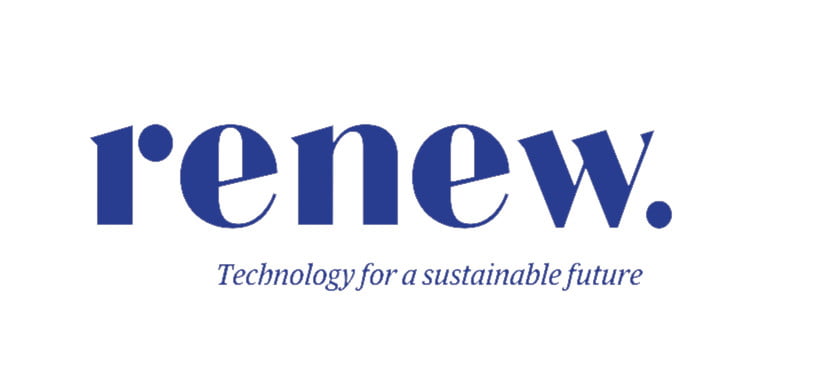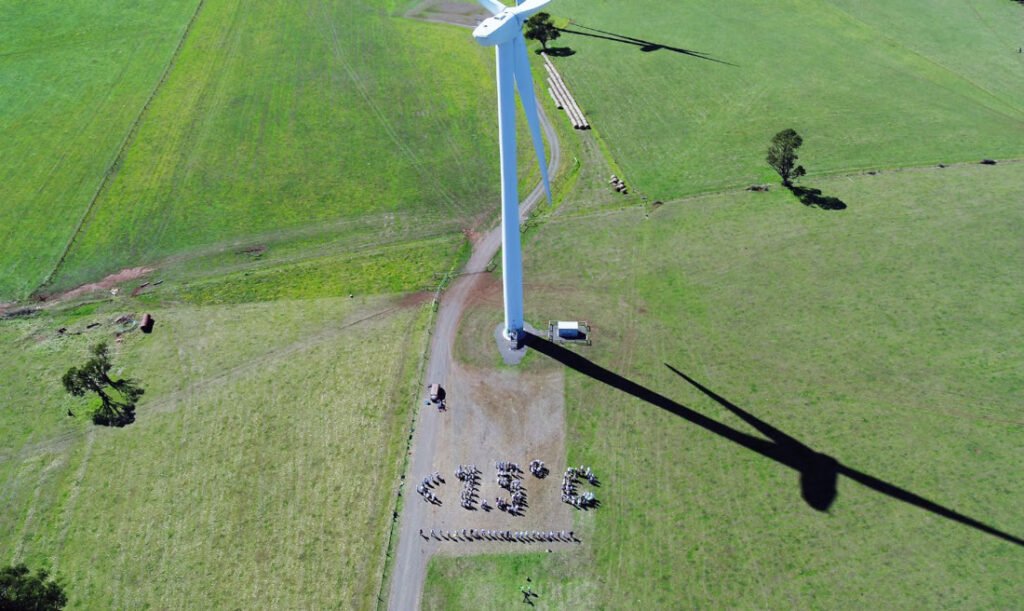Renew taking custody of Z-NET in Australia

Renew CEO Paul Bowers explains the Zero Net Emissions Transition (Z-NET) methodology, and why Renew is delighted to serve as its new home.
Communities across Australia are recognising the urgent need to achieve net zero greenhouse emissions. We are moving from asking “Why?” to asking “How?”.
The challenge for the transition has always been that it cannot be managed by experts alone; community leadership, input and buy-in is essential. And communities can’t get far on commitment alone — expertise and methods are needed.
The Zero Net Emissions Transition (Z-NET) methodology is the only route to community- led energy transition that’s been proven in practice in Australia—both at a town scale, based on energy only, and at a LGA scale with the full emissions spectrum accounted for.
The method originated in Europe, and Armidale-based Starfish Initiatives have nurtured the method in Australia, delivering version 1 of Z-NET in Uralla, NSW. Renew then developed the model further for version 2, through our project for Hepburn Z-NET (discussed in Renew 146). Starfish are now handing custodianship of the Z-NET assets to Renew, while the open-source and ever- growing data sets are going to be hosted by the Coalition for Community Energy (C4CE).
An “emissions literate” empowered community builds momentum and pushes itself to sustainable living, achieving zero or even negative emissions with Z-NET quicker than with any other method in Australia. Z-NET’s way of uniting community-led design with technical expertise, shaped through collaborative governance, enables a community to be active in the change, and draw upon an ever-growing set of resources, data and network of professionals.
‘Neither councils nor community groups can do this work alone; no community can secure traction for change at scale without expertise. Equally, expert reports alone do not secure buy-in and meaningful community change.’
In addition, every project feeds the next one, growing the data sets and resources. So what exactly does a Z-NET project involve? A successful project will encompass all of the following:
- Gathering evidence of current state of emissions sources, demands and sinks;
- Use human-centred design techniques to engage communities: e.g. town hall events, surveys;
- Harvesting community project ideas for how to achieve Z-NET;
- Modelling an emissions baseline and then using this baseline to model two pathways – a “Business As Usual” scenario, where no efforts are made to reduce emissions, and an “Optimal 10-year” scenario. Comparing these reveals the gap between doing nothing and following an ideal path to net zero emissions;
- Working with local networks across community groups, councils, and businesses;
- Building a community of shared leadership and responsibility, and connecting into other Z-NET projects; Applying a social justice lens to the project to ensure that no communities or groups are excluded from its benefits;
- Educating, empowering and connecting communities; and
- Generating options and a prioritised activity roadmap, which ensures investment and that practical community action is in line with the optimal pathway.
All the above together create a plan that is shared and owned by an entire community, backed with technical modelling, and works from a baseline that allows for tracking progress. Communities empowered with climate literacy and a roadmap proceed fast— Hepburn hit their 2029 target for rooftop solar by 2020.

Such communities can also develop the model still further—for example, Hepburn are now moving to incorporate the transition to a circular economy, and also adaptation to climate change, into their roadmap.
The Z-NET project with Hepburn Shire, enacted by a consortium led by Renew, won many sustainability awards. The pilot project acted as an incubator for locally appropriate, best-practice actions and strategies to meet a target of zero-net emissions.
Through this project, Renew worked across multiple focus areas, including stationary energy, agriculture, transportation, waste and wastewater, and land use. We also worked with several partners, including Starfish Initiatives, human-centred design consultants Little Sketches, Hepburn Shire Council, Hepburn Wind, and many others.
Neither councils nor community groups can do this work alone; no community can renew.org.au secure traction for change at scale without expertise. Equally, expert reports alone do not secure buy-in and meaningful community change. Z-NET unites both sides of this equation—and the time is ripe to scale this model up, to support more communities in their transitions to net zero by 2030.
As the custodians of Z-NET, our vision is to preserve and enable its community-led spirit, while also supporting its expansion into more regions, thus growing emissions literacy and leadership capacity across Australia.

About Renew:
From early adopters of renewable energy to Australia’s lead organisation inspiring, enabling and advocating for sustainable living, Renew inspires and engages with over a quarter of a million people each year in Australia and overseas, taking practical action on sustainable living. Read More
Useful links:
